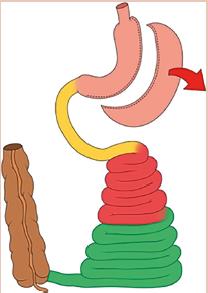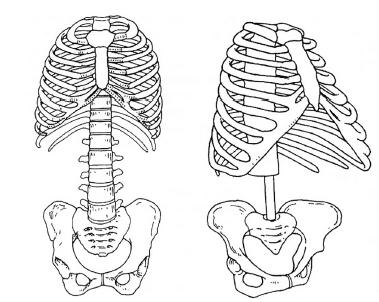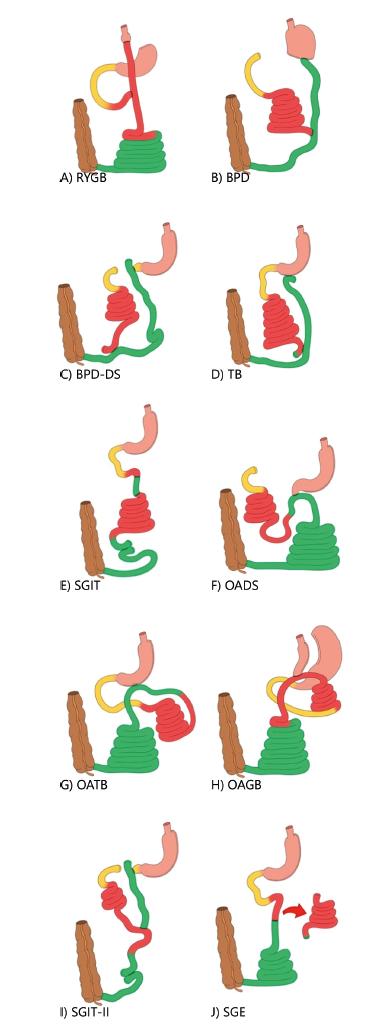ABSTRACT
Introduction:
The wide net of physiological issues involved in metabolic surgery is extremely complex. Nonetheless, compared anatomy and phisiology can provide good clues of how digestive tracts are shaped for more or less caloric food, for more or less fiber, for abundance and for scarcity.
Objective:
To review data from Compared Anatomy and Physiology, and in the Evolutionary Sciences that could help in the better comprehension of the metabolic surgery.
Method:
A focused review of the literature selecting information from these three fields of knowledge in databases: Cochrane Library, Medline and SciELO, articles and book chapters in English and Portuguese, between 1955 and 2019, using the headings “GIP, GLP-1, PYY, type 2 diabetes, vertebrates digestive system, hominid evolution, obesity, bariatric surgery “.
Results:
The digestive tract of superior animals shows highly specialized organs to digest and absorb specific diets. In spite of the wide variations of digestive systems, some general rules are observed. The proximal part of the digestive tract, facing the scarcity of sugars, is basically dedicated to generate sugar from different substrates (gluconeogenesis). Basic proximal gut tasks are to proportionally input free sugars, insulin, other fuels and to generate anabolic elements to the blood, some of them obesogenic. To limit the ingestion by satiety, by gastric emptying diminution and to limit the excessive elevation of major fuels (sugar and fat) in the blood are mostly the metabolict asks of the distal gut. A rapid and profound change in human diet composition added large amounts of high glycemic index foods. They seem to have caused an enhancement in the endocrine and metabolic activities of the proximal gut and a reduction in these activities of the distal gut. The most efficient models of metabolic surgery indeed make adjustments in this proximal/distal balance in the gut metabolic activities.
Conclusion:
Metabolic surgery works basically by making adjustments to the proximal and distal gut metabolic activities that resemble the action of natural selection in the development the digestive systems of superior animals.
HEADINGS:
Obesity; Metabolic syndrome; Gastric bypass; Glucagon-like peptide 1; Gastric inhibitory polypeptide





